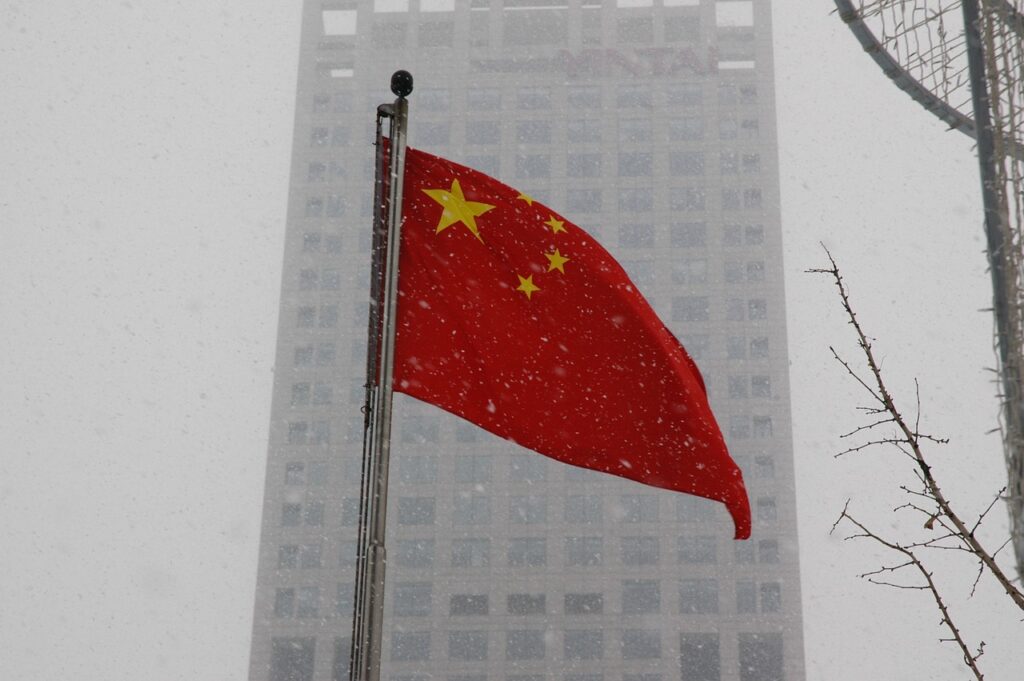China, the world’s largest producer of greenhouse gas emissions, has emerged as a key player in the quest for carbon neutrality. To achieve its ambitious goals, the country is harnessing its vast resources and technology to revolutionize its energy sector. One of the central pillars of this campaign is the development of the hydrogen energy industry, a promising clean fuel source with the potential to significantly reduce carbon emissions, particularly in sectors that are challenging to electrify.
China has rapidly become the largest hydrogen producer and consumer globally. This growth is largely attributed to its extensive chemical industry and oil refining capacity. In 2021, China’s hydrogen production reached an impressive 33 million tonnes, accounting for nearly 30% of the world’s total output. Li Guohui, Vice President of the state-owned China Petroleum Pipeline Engineering Corporation, has set an even more ambitious target for the future. He announced that by 2050, China aims to establish a 6,000-kilometer hydrogen pipeline network, a testament to the country’s commitment to hydrogen as a clean energy source.
Despite this remarkable production increase, demand for hydrogen in China continues to rise. Technological innovations that have reduced production costs have contributed to this surge, but the unmet demand is also influenced by China’s determination to decarbonize multiple sectors of its economy. According to a report released by Deloitte in June, China is projected to become the world’s largest importer of clean hydrogen by 2030, requiring an annual intake of 13 million tonnes to meet its clean energy demands.
China’s commitment to combating climate change is underscored by its pledge to peak carbon emissions by 2030 and attain carbon neutrality by 2060. Achieving these goals necessitates a transformative overhaul of the nation’s energy industry. To set the stage for this transformation, China revealed its first-ever national hydrogen strategy in March last year. This comprehensive plan outlines China’s vision for hydrogen development between 2021 and 2035.
Under this strategy, China aims to have at least 50,000 hydrogen fuel-cell electric vehicles on the road by 2025. Simultaneously, the country intends to produce 100,000 to 200,000 tonnes of “green hydrogen” annually, which is hydrogen generated using renewable electricity. This strategy reflects a multifaceted approach, combining the adoption of hydrogen-powered vehicles with a commitment to sustainable hydrogen production.
While China’s hydrogen energy sector remains in its nascent stages, it is making significant strides. Notably, applications of hydrogen technology are expanding across various industries. Chinese automobile manufacturers have already produced tens of thousands of hydrogen fuel-cell cars, providing a green alternative to conventional gasoline and diesel vehicles.
Furthermore, the aviation sector is not lagging behind. Chinese engineers are developing hydrogen-powered aircraft, with Liaoning Ruixiang Aircraft conducting the first demonstration flight of its RX4HE passenger plane in March. This aircraft boasts a hydrogen engine and a one-hour flight range at a speed of 180 kilometers per hour, showcasing the potential for hydrogen to revolutionize air travel.
Hydrogen is also being considered as a clean energy source for heavy transport. In 2022, Chinese truck maker FAW Jiefang delivered 300 hydrogen fuel-cell vehicles to customers across China, including major cities like Beijing, Shanghai, and Shanxi province. These vehicles are suitable for logistics and urban construction, underlining hydrogen’s versatility.
The deployment of over 1,000 fuel-cell vehicles and more than 30 hydrogen refueling stations during the 2022 Winter Olympics and Paralympics in Beijing was another significant milestone, marking the largest deployment of its kind to date.





